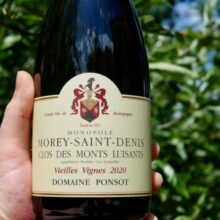
Product information
Domaine Ponsot Morey-Saint-Denis 1er Cru Clos des Monts Luisant Blanc 2020
$618
Description
The nuances of Burgundy’s appellation system once again come into play when Ponsot secured a ruling allowing them to produce a 1er Cru white from the 1er Cru Monts Luisants vineyard from what was lambasted as a secondary grape variety by the AOC. This is unlike any other Aligoté I’ve tried.
Where Aligoté is typical the favoured mixer with cassis to make the traditional Kir apperitif, Ponsot’s ageworthy version demands attention.
Most of the vineyard was planted in 1911. It took until 2011 for permission for to replant any exhausted vines with Aligoté.
Alex, highlighted that it is less differentiated from Chardonnay in its youth, yet unmistakable as it ages. Depth, spice and minerality build here compared to honey and nutty characrters for Chardonnay.
“The historic portion of this vineyard – 80% – was planted with Aligoté in 1911. Since the younger vines achieved a quality level worthy of the Premier Cru status, the “Très” has been removed from the “Vieilles Vignes” on the front label. That’s admirably honest since such a substantial portion of the wine still is from century-year-old vines. The wine is bright and focused on the lemon-lime scented nose. Lovely and layered flavors of pear, honeydew melon, pluot and grated spices give the lightly creamy palate a compelling moreish-ness. Minerally and lifted, this is already irresistible.”
Christine Canterbury, Tim Atkin Burgundy Special Report 95 Points
“80% comes from the famous 1911 planting. This has an excellent bouquet, the age of the vines is disguising anything vegetal in the Aligoté. Superb purity and density across the palate, a tingling limestone freshness at the back and excellent persistence. Nothing blocky about this, a good year for Monts Luisants. A touch of almond paste at the finish.”
Jasper Morris MW, Inside Burgundy 92-95 Points
“Aromas of citrus oil, confit lemon and freshly baked bread introduce the 2020 Morey-Saint-Denis 1er Cru Clos des Monts Luisants Blanc, a medium to full-bodied, taut and inactive wine that’s racy and concentrated, concluding with a long, mineral finish.”
William Kelley, The Wine Advocate 92-94 Points
An exuberantly spicy nose blends notes of citrus rind with those of green apple and spice, especially anise. There is excellent verve to the delicious medium-bodied flavors that exude an almost bracing minerality on the attractively textured, clean and very dry finale. This could use better depth but given the impeccable aging potential the Clos des Monts Luisants has historically demonstrated, more complexity will almost certainly develop.
Allen Meadows, Burghound 91 Points ♥ Outstanding
In stock





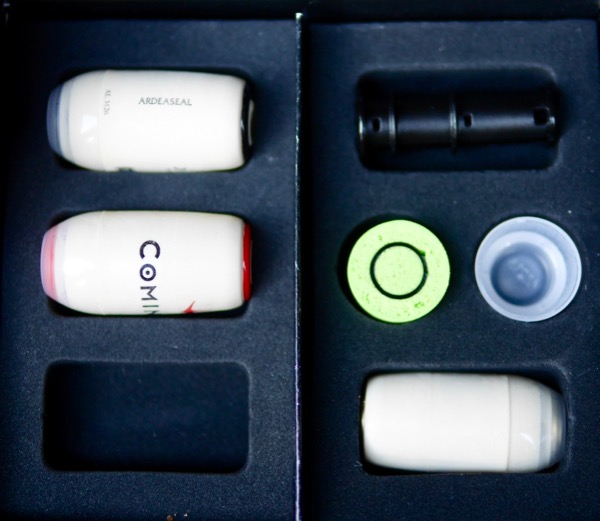
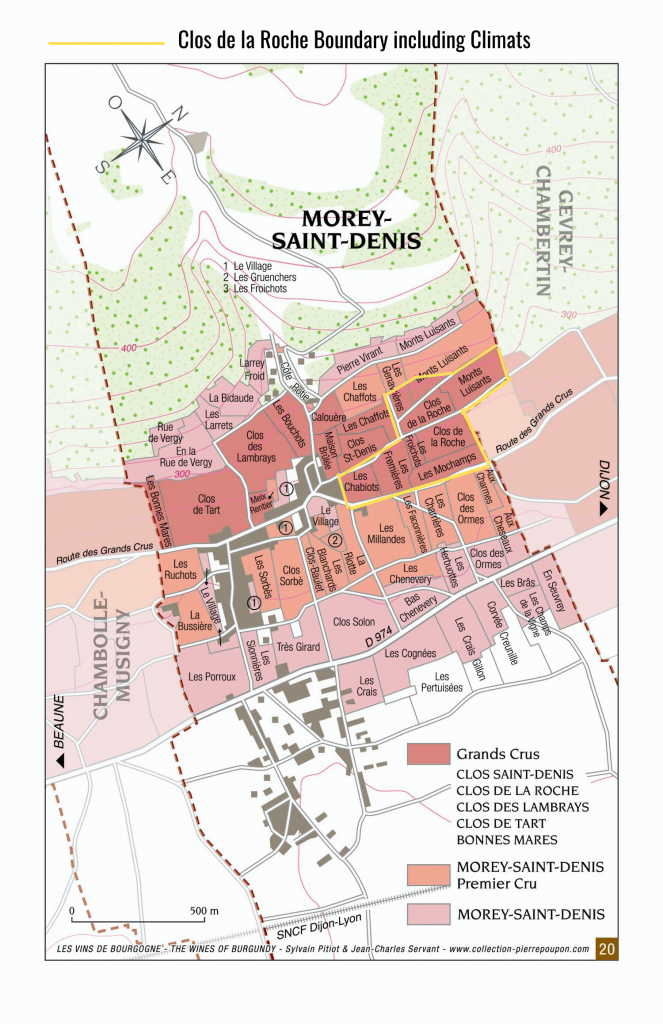

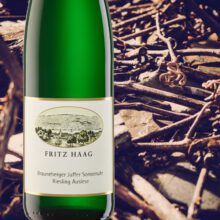
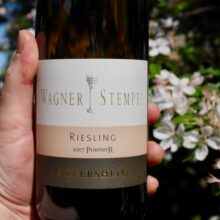
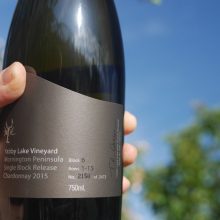
You must be logged in to post a comment.